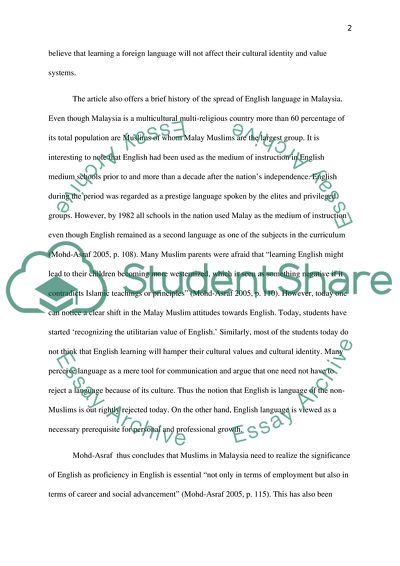Cite this document
(English and Islam: A Clash of Civilizations Literature review, n.d.)
English and Islam: A Clash of Civilizations Literature review. Retrieved from https://studentshare.org/social-science/1814807-3-articles-3-responses-and-3-summaries
English and Islam: A Clash of Civilizations Literature review. Retrieved from https://studentshare.org/social-science/1814807-3-articles-3-responses-and-3-summaries
(English and Islam: A Clash of Civilizations Literature Review)
English and Islam: A Clash of Civilizations Literature Review. https://studentshare.org/social-science/1814807-3-articles-3-responses-and-3-summaries.
English and Islam: A Clash of Civilizations Literature Review. https://studentshare.org/social-science/1814807-3-articles-3-responses-and-3-summaries.
“English and Islam: A Clash of Civilizations Literature Review”. https://studentshare.org/social-science/1814807-3-articles-3-responses-and-3-summaries.


